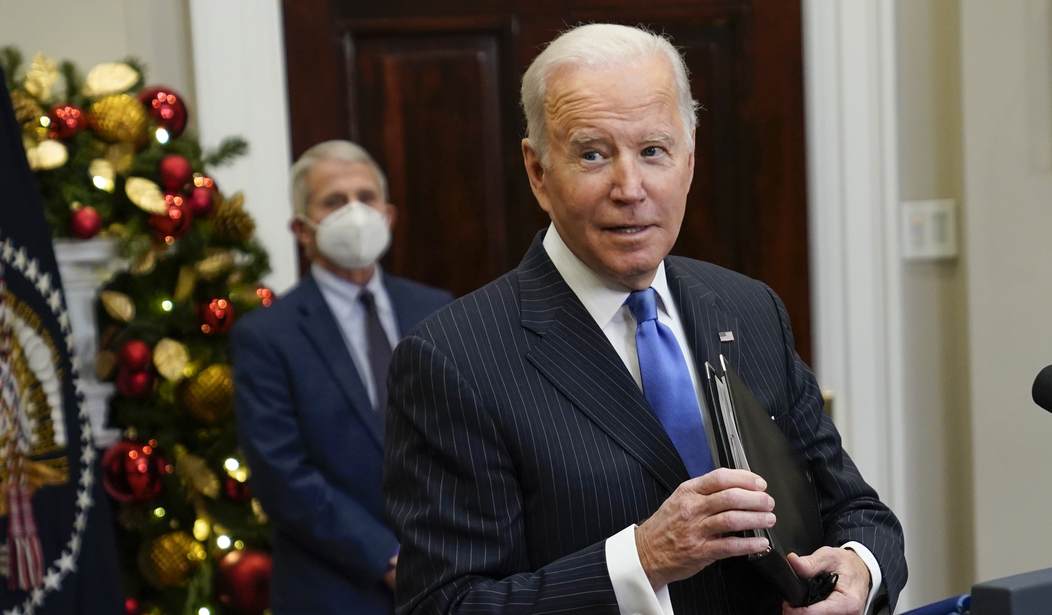Earlier this week — both in written and verbal form — I urged people to pay some attention to the omicron variant, but also that “panic was the knee-jerk response of many in power and progressives who reside in the parochial urban corridors” because that is “the preferred lifestyle choice among an influential, insular few” rather than a more measured response.
Most Americans know all this, but for public health elites, fear and edicts seem to increase as dramatically as the news coverage of the variant has.
This week, however, has brought some intriguing developments for those interested in science and facts.
South Africa first reported the new strain to the World Health Organization eight days ago, leading to the perception that the variant first emerged there. But the Dutch National Institute for Public Health and the Environment claims it found omicron in samples from Nov. 19 and 23.
And you may not hear this on CNN or NBC, or from Anthony Fauci, but multiple European countries found earlier omicron cases, too.
“Belgium, the first European country to report the presence of the new variant, has said that a case tested positive on November 22, and had developed symptoms 11 days after travelling to Egypt via Turkey,” a short but informative Tuesday piece from an India-based news site notes. “Germany has meanwhile said that a person who tested positive for the variant had arrived at Frankfurt international airport on November 21.”
Related: Holy Overreaction Batman! South African Doc Who Discovered Omicron Tells the World to Relax
And then there’s this observation about the timing of the emergence of this variant:
Kristian Andersen, an infectious disease researcher, estimates the virus emerged sometime way back in late September or early October, which suggests it is spreading very slowly.
McClatchy reported late Wednesday that “Even before omicron was first detected in South Africa, state and local labs were collecting the genetic sequences of 15,000 to 20,000 diagnostic tests each week, allowing scientists to keep track of what COVID-19 variants were circulating in communities across the country. Thousands more are collected by private labs and academic institutions.”
So omicron may have been around for a while. Yet as of Thursday, new COVID-19 cases in the United States are down the past fortnight and deaths are significantly down.
And while new cases are up more than 10% globally, deaths are down 2%.
It’s very possible omicron is contagious but not nearly as virulent as some want to believe.
Moment of chaos in the White House Briefing Room as, for the second time today, Today News Africa's Simon Ateba goes full Jim Acosta on Jen Psaki, demanding he be called on to denounce the Biden administration's travel ban on countries in southern Africa pic.twitter.com/FczAZi8f1s
— Curtis Houck (@CurtisHouck) December 2, 2021









Join the conversation as a VIP Member